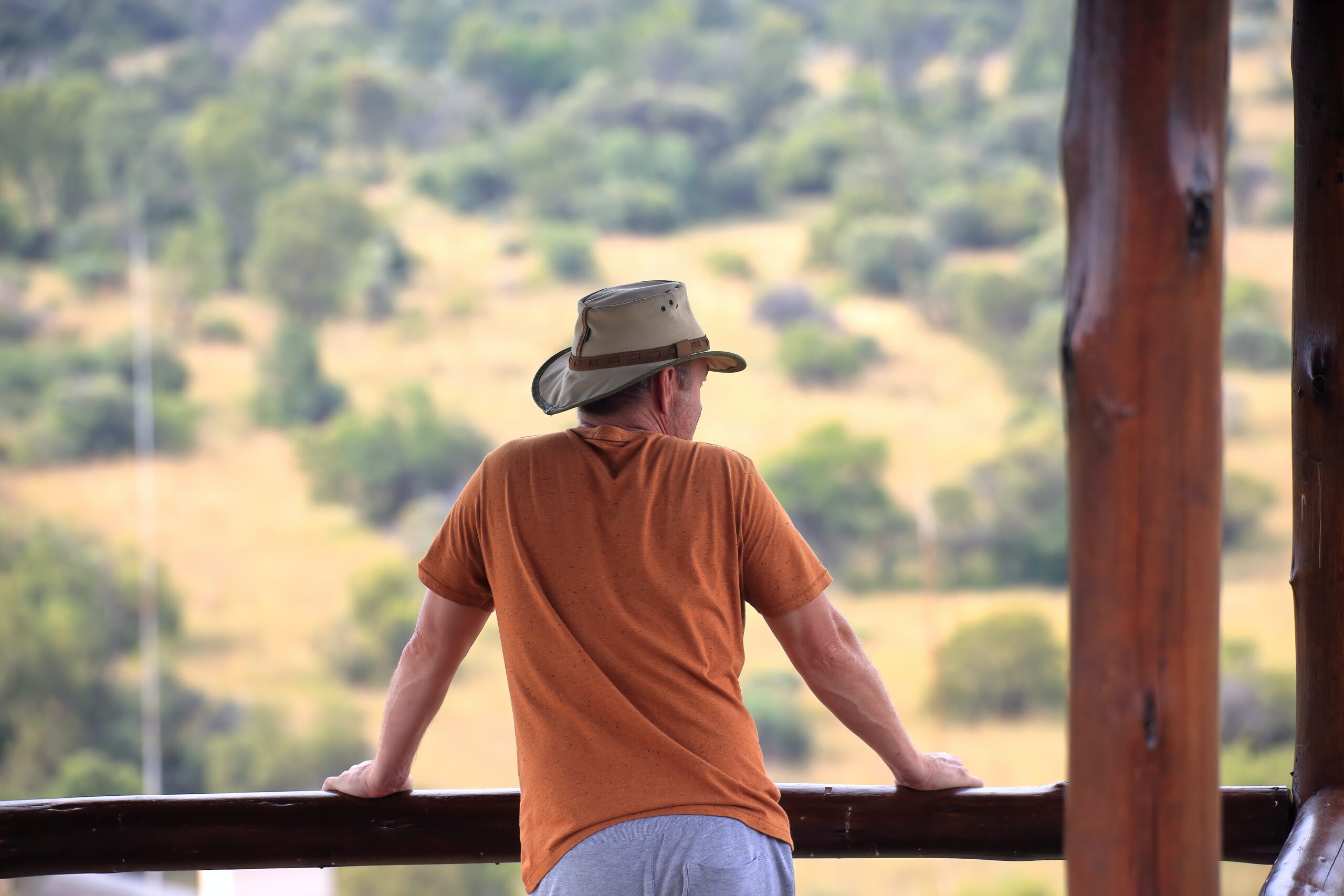Life is initially approached very practically – making a name for ourselves, starting our careers, families, and the like. And this allows us to be productive and functional for many years. But as we blindly grind year after year a slow discontent often rises in our hearts. And this is usually our invitation to enter the second half of life.
While the first half of life is focused on building the outer structures of our life, the second half invites us to go deeper – discovering a transcendent purpose and meaning for our days. But the path is rocky and often requires us to die to the old before we can give birth to the new.
What works in the first half of life is no longer sufficient for the second half. But it’s all we know, and so it feels like we’re giving up or dying when we don’t hold onto it. And this is when depression and anxiety, resignation and despair can start to settle into our hearts.
And for many this can trigger what’s considered the midlife crisis. But their pain and discontent is often misinterpreted – causing them simply to redouble their efforts to recapture their fleeting youth.
To be sure, the ache and darkness in approaching midlife is real and should not be ignored. But the answer is not desperately grasping to relive our youthful adventures, or giving up altogether in a quiet resignation.
Rather, the path forward is entering the ache and going deeper, which calls for more internal shifts rather than external change. This gives us a clearer understanding of our unique strength, and puts us in a better position to offer our seeds of life to bless this generation and those to come.
In the end, don’t miss the glory of the second half of life by holding onto the first. Be willing to die to business as usual to allow for a renewed strength and purpose to emerge.
Photo by Simon Hurry on Unsplash

